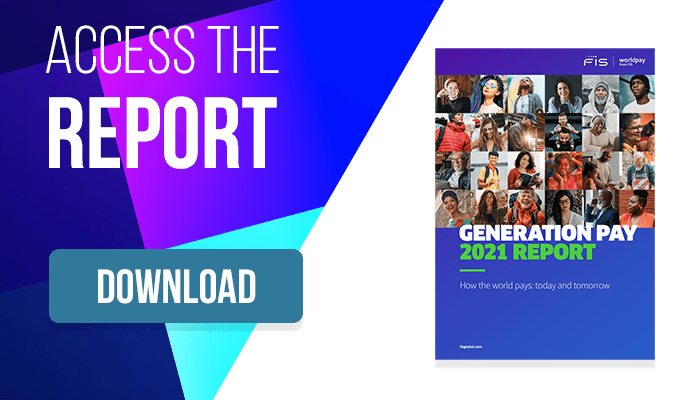It is not hyperbolic to claim that there has never been a more exciting time for the payments industry than the current moment. The past 5-10 years, and especially the past eighteen months, have brought technological advances once confined to the realm of science fiction.
Nevertheless, cutting edge technology can be a double-edged sword, so to speak, both attracting those who seek the latest conveniences and deterring those who prefer what is familiar. More significantly, new features and choices are only as effective as their integration within a strategic business model that prioritizes all facets of the customer experience. On top of that, the COVID-19 pandemic has altered the trajectory of the payments industry in myriad ways, stifling some trends while accelerating others.
Different geographic and generational populations have responded to these trends with varied spending habits and payment preferences. To take an in-depth look at the latest payment trends for different demographics around the world, FIS recently released their Generation Pay 2021 Report.
Four age ranges, five countries, five major trends
The FIS report broke down those surveyed into four generational brackets:
- Gen Z (18-24 years old) – born between 1997-2003
- Millennials (25-40 years old) – born between 1981-1996
- Gen X (41-56 years old) – born between 1965-1980
- Boomers+ (57+ years old) – born 1964 or earlier
Over 4,000 consumers were surveyed, split equally among five countries – the United States, Brazil, Singapore, Australia, and the United Kingdom – each separated by thousands of miles and containing their own large share of consumers.
Additionally, to show the variety, FIS magnified the demographics even further, sharing data on the percentage of each country’s respondents who were male vs. female, single vs. partnered vs. separated, urban vs. rural, and whether they had children or not.
The survey focused on major trends in five key areas:
- How the pandemic impacted commerce
- Customer attitudes towards loyalty programs
- Payment predictions
- The future of technology
- Shopping habits and buy now, pay later (BNPL)
Data today, data tomorrow
Anyone interested in growing their business is going to need up-to-the-minute information on how the market is behaving. Consumers change their habits based on how work is going, what they learn from the news, the time of year, even their day-to-day mood. On a global scale, even very small adjustments in spending can create significant ripples in the payments ecosystem, so living through the influential epochs such as the era of digitalization and the era of COVID-19 means witnessing seismic upheavals that happen more and more quickly.
Gathering specific, relevant, recent data on payment trends will help businesses make smart decisions about where to invest and how to meet consumer needs. Those looking to compete in a global marketplace might find themselves asking, “Which consumer goods/services have seen the biggest increases (or decreases) in spending?” or “Which payment platforms are poised for future growth?” They might even wonder:
- Are Millennials more prone to spend frivolously or frugally?
- Does the U.K. market have a strong preference for contactless capability in their payment cards?
- Are Brazilian Boomers more interested in CBDCs or loyalty programs?
- Do American Gen X’ers worry about overspending with BNPL?
- What country is most receptive to biometric authentication?
To learn more about the critical insights about how the world pays both today and tomorrow, consider reading the latest research from FIS.











